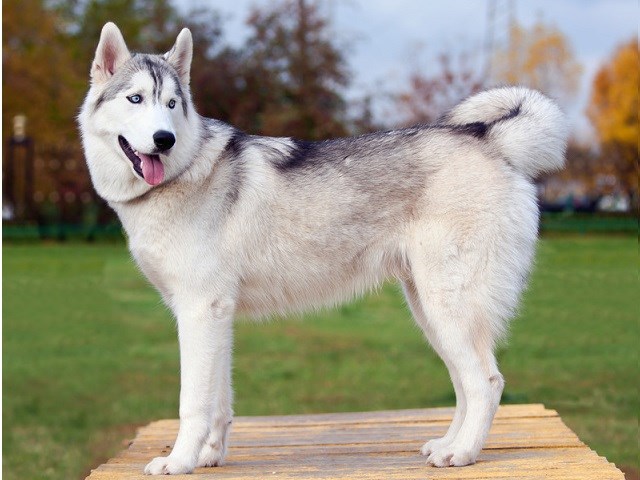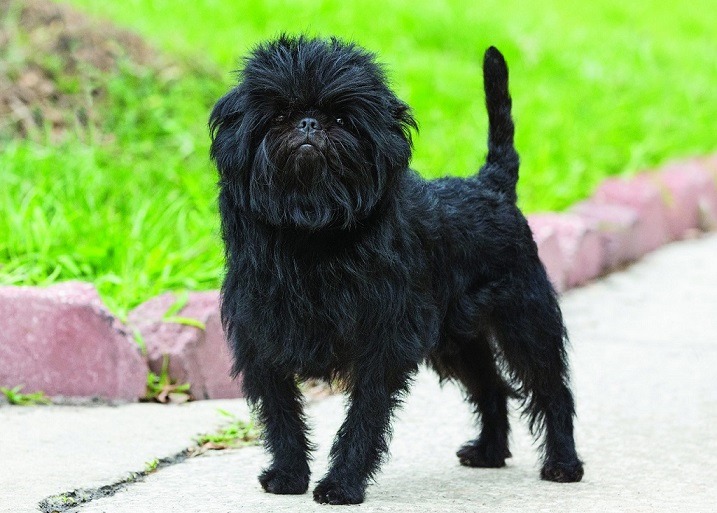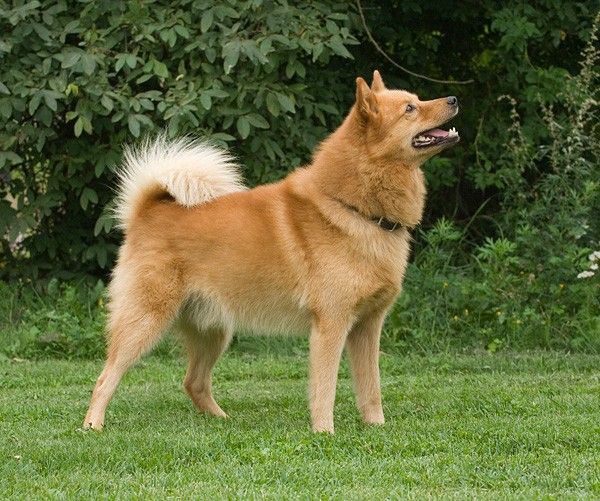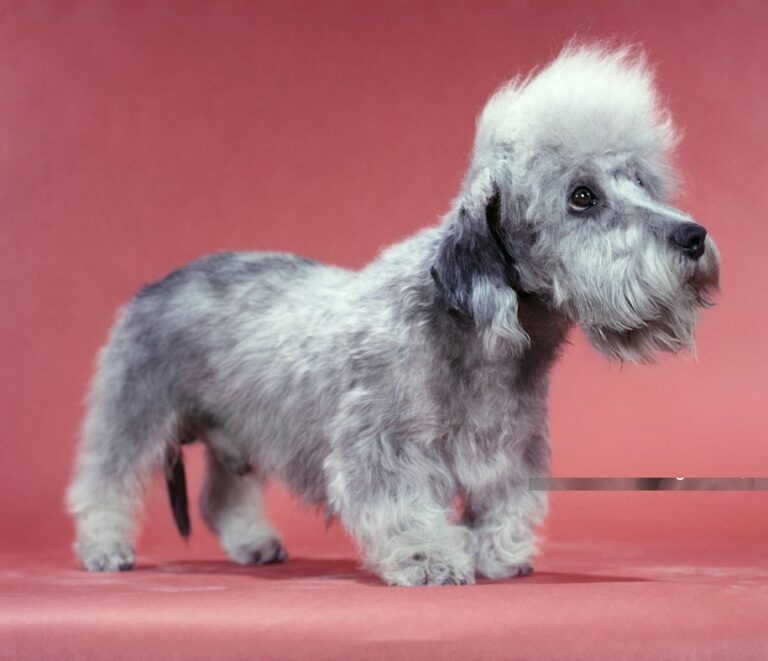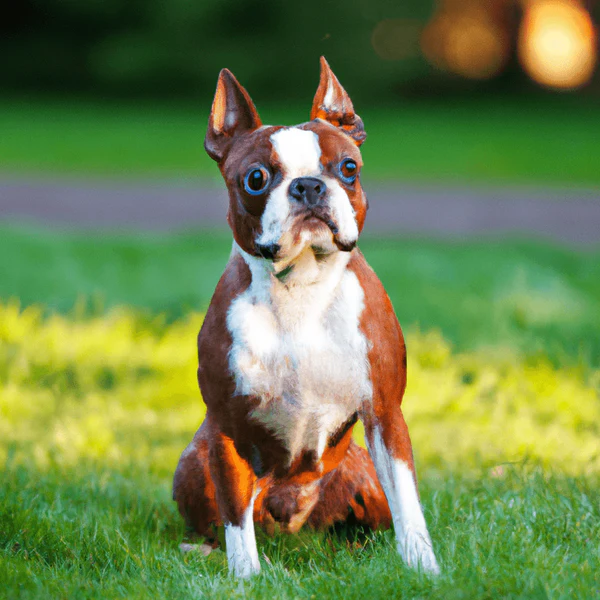Siberian Huskies, a breed that seamlessly blends stunning aesthetics with endearing companionship. Originating from Siberia, these dogs boast a unique set of qualities, from their striking double coats to their engaging blue or multicolored eyes. More than just a pretty face, Siberian Huskies are renowned for their intelligence and independent nature, making them both fascinating and occasionally challenging pets. In this comprehensive article, we will delve into the distinctive characteristics, care essentials, and training tips that define the Siberian Husky breed, offering valuable insights for both potential owners and enthusiasts alike.
History of Siberian Huskies
Origins in Siberia
The Siberian Husky has a rich history that can be traced back to the indigenous Chukchi people of Siberia. These people relied on the Huskies for their survival in the harsh Arctic conditions. The Chukchi bred these dogs for endurance and efficiency, resulting in a breed that could withstand extreme temperatures and pull heavy loads over long distances.
Role as Working Dogs
Siberian Huskies played a crucial role as working dogs for the Chukchi people. They were used for various tasks such as pulling sleds, herding reindeer, and even as hunting companions. Their strong work ethic, intelligence, and ability to navigate through snowy terrains made them indispensable to the Chukchi way of life.
Popularity in Sled Dog Racing
The popularity of Siberian Huskies in sled dog racing cannot be overstated. Their incredible speed and endurance make them ideal competitors in this demanding sport. Huskies have dominated sled dog racing competitions for decades, showcasing their exceptional athleticism and teamwork. Many professional mushers rely on Siberian Huskies to lead their teams to victory in races such as the Iditarod and Yukon Quest.
In conclusion, the history of Siberian Huskies is deeply intertwined with their origins in Siberia, their role as working dogs for the Chukchi people, and their popularity in sled dog racing. These factors have shaped the breed into the beautiful and energetic sled dogs we know and love today.
Physical Characteristics
Distinctive Coat Colors
Siberian Huskies are well-known for their striking coat colors. These dogs exhibit a wide range of shades, from pure white to jet black, and everything in between. One of the most fascinating aspects of their coat is the presence of various patterns and markings, such as agouti, piebald, and sable. These unique coat colors not only add to their aesthetic appeal but also serve a practical purpose in their natural environment. The diverse colors help them blend into different landscapes, allowing them to efficiently traverse snowy terrains without being easily spotted.
Eyes and Facial Expressions
One of the most captivating features of Siberian Huskies is their expressive eyes. These dogs have a distinct almond shape to their eyes, which can range in color from icy blue to deep brown. It is not uncommon for Huskies to have heterochromia, where each eye has a different color. This trait adds an element of individuality and mystery to their appearance. When observing a Siberian Husky, you will notice a wide range of facial expressions, which are often a reflection of their emotions. Their eyes can convey a sense of intelligence, playfulness, or even a mischievous nature, making them truly enchanting companions.
Athletic Build
Siberian Huskies possess a sturdy and athletic build, perfectly suited for their role as sled dogs. Their bodies are built for endurance and agility, allowing them to pull heavy loads over long distances. These dogs have a well-developed chest and strong limbs, which provide them with the necessary strength to navigate through challenging terrains. Additionally, their deep chest allows for efficient oxygen intake, enabling them to perform at their peak even in extreme cold temperatures. The muscular physique of Siberian Huskies is a testament to their incredible strength and physical capabilities.
Temperament and Personality
Friendly and Gentle
Siberian Huskies are known for their friendly and gentle nature. They are naturally sociable and enjoy the company of both humans and other animals. This makes them great family pets, as they are generally good with children and other pets, including cats. Their friendly disposition also makes them poor guard dogs, as they are more likely to greet strangers with a wagging tail rather than a growl.
High Energy and Exercise Needs
One of the defining characteristics of Siberian Huskies is their high energy levels. These dogs have been bred for sledding and pulling heavy loads over long distances. As a result, they have a great amount of stamina and require daily exercise to expend their energy. Regular exercise is essential to keep them mentally and physically stimulated, as a bored Husky can become destructive. Engaging in activities such as running, hiking, or playing fetch can help fulfill their exercise needs.
Independent and Intelligent
Siberian Huskies are known for their independent nature. They have a strong sense of adventure and enjoy exploring their surroundings. This independent streak can sometimes make them a bit stubborn and challenging to train. However, with consistent and positive reinforcement training methods, they can be taught various commands and tricks. Their high intelligence also means they can quickly learn new tasks and thrive in activities that challenge their minds, such as obedience training or agility courses.
Siberian Huskies have a friendly and gentle temperament, making them great companions for families and other pets. However, their high energy levels require regular exercise to prevent boredom and destructive behavior. Their independent and intelligent nature adds to their charm, although training may require patience and consistency.
Training and Socialization
Importance of Early Training
Early training is crucial for Siberian Huskies to ensure they grow up to be well-behaved and obedient sled dogs. Starting training as early as possible helps establish a strong foundation for their behavior and manners. By introducing basic commands and positive reinforcement techniques, owners can mold their Huskies into disciplined and reliable companions.
Socializing with People and Animals
Socialization is an essential aspect of training Siberian Huskies. These energetic sled dogs need to be exposed to various people, animals, and environments from a young age. By introducing them to different situations, such as walks in the park, visits to friends’ houses, or encounters with other dogs, Huskies can learn to adapt and interact positively with their surroundings.
Proper socialization helps prevent aggressive behavior and fearfulness in Huskies. It enables them to become comfortable and confident in different social settings, making them more enjoyable to be around for both their owners and strangers.
Challenges and Tips for Training
Training Siberian Huskies can present some challenges due to their independent and stubborn nature. It is important to remember that Huskies have a strong prey drive and may be easily distracted by their environment. Patience, consistency, and positive reinforcement are key when working with these sled dogs.
Here are some tips to overcome training challenges with Siberian Huskies:
- Start training early: Begin training your Husky as soon as you bring them home. This will help establish a routine and set expectations from the beginning.
- Use positive reinforcement: Reward your Husky with treats, praise, and affection when they display desired behaviors. Positive reinforcement encourages them to repeat those actions.
- Keep training sessions short: Huskies have a relatively short attention span. Keep training sessions brief and engaging to prevent them from becoming bored or disinterested.
- Be consistent: Consistency is essential in training Huskies. Use the same commands and techniques consistently to avoid confusion and reinforce their understanding.
- Provide mental and physical stimulation: Huskies are highly active dogs that require mental and physical exercise. Incorporate activities such as puzzle toys, obedience training, and regular exercise to keep them mentally stimulated and prevent destructive behaviors.
By following these tips and investing time and effort into training and socialization, Siberian Huskies can become well-rounded sled dogs that excel in both behavior and performance.
Health and Care
Common Health Issues
Siberian Huskies are generally known to be a healthy breed, but like any other dog, they are prone to certain health issues. It is important for husky owners to be aware of these common health problems to ensure their pet’s well-being:
- Hip Dysplasia: This genetic condition affects the hip joints, causing pain and mobility issues. Regular exercise and maintaining a healthy weight can help reduce the risk of hip dysplasia in Siberian Huskies.
- Eye Problems: Huskies are known to have a higher risk of developing eye conditions such as cataracts, corneal dystrophy, and progressive retinal atrophy (PRA). Regular eye check-ups with a veterinarian are crucial to detect and manage these issues early on.
- Hypothyroidism: This condition occurs when the thyroid gland does not produce enough hormones, leading to weight gain, lethargy, and skin problems. Regular blood tests can help diagnose and manage hypothyroidism in Siberian Huskies.
- Gastric Dilatation-Volvulus (GDV): Also known as bloat, this is a life-threatening condition that can affect deep-chested breeds like Huskies. It occurs when the stomach twists and traps gas, leading to bloating and potential organ damage. Feeding smaller meals throughout the day and avoiding vigorous exercise after meals can help prevent GDV.
Grooming and Shedding
Siberian Huskies have a dense double coat that requires regular grooming to keep it healthy and prevent excessive shedding. Here are some grooming tips for Husky owners:
- Brushing: Huskies shed heavily twice a year, known as “blowing their coat.” During this time, daily brushing is essential to remove loose fur and prevent matting. A slicker brush or an undercoat rake can be used to remove dead hair effectively.
- Bathing: Huskies have a self-cleaning coat and do not require frequent baths. Over-bathing can strip their fur of essential oils, leading to dry skin. Aim to bathe your Husky only when necessary, using a gentle dog shampoo.
- Nail Care: Regular nail trims are important to prevent overgrowth and discomfort. If you are uncomfortable trimming your Husky’s nails, consider seeking professional help from a groomer or veterinarian.
- Ear and Dental Care: Check your Husky’s ears regularly for signs of infection or wax buildup. Clean them gently with a veterinarian-approved ear cleaner. Additionally, brush your Husky’s teeth regularly using a dog-specific toothbrush and toothpaste to maintain good oral hygiene.
Exercise and Nutrition
Siberian Huskies are highly energetic dogs that require plenty of exercise to keep them happy and healthy. Here are some tips for providing adequate exercise and nutrition to your Husky:
- Physical Activity: Huskies have a strong instinct to run and explore, so regular exercise is crucial. Aim for at least 30 to 60 minutes of intense exercise daily, such as brisk walks, jogging, or playing fetch. Mental stimulation through puzzle toys and obedience training can also help keep them engaged.
- Balanced Diet: Providing a nutritious and balanced diet is essential for a Husky’s overall health. High-quality dog food that is specifically formulated for active breeds is recommended. Consult with your veterinarian to determine the appropriate portion sizes and feeding schedule for your Husky.
- Hydration: Always ensure that your Husky has access to fresh water, especially during exercise or hot weather. Dehydration can lead to serious health issues, so it is important to keep them well-hydrated at all times.
By being proactive in addressing common health issues, maintaining proper grooming practices, and providing adequate exercise and nutrition, you can ensure that your Siberian Husky leads a happy and healthy life.
Husky as a Family Pet
Compatibility with Children
Siberian Huskies are known for their friendly and gentle nature, making them great companions for children. These sled dogs have a strong sense of loyalty and are usually very patient with kids. However, it is important to note that every dog is unique, and individual temperaments may vary. Before bringing a Husky into a home with children, it is recommended to introduce them gradually and supervise their interactions to ensure a harmonious relationship.
Living Conditions and Space
While Siberian Huskies are renowned for their endurance and ability to withstand harsh weather conditions, they can adapt well to living in a family home. However, due to their energetic nature, they require ample space to roam and play. A house with a securely fenced yard is highly recommended to provide them with enough room for exercise and exploration. It is important to note that Huskies are prone to wanderlust, so proper precautions should be taken to prevent them from escaping.
Attention and Mental Stimulation
Huskies are highly intelligent dogs that thrive on mental stimulation and human interaction. They crave attention and can become bored easily if left alone for extended periods. As a family pet, it is crucial to spend quality time with your Husky, engaging in activities such as obedience training, puzzle toys, and interactive play. Regular exercise and mental challenges are essential to keep them happy and prevent destructive behaviors that may arise from boredom.
Siberian Huskies can make wonderful family pets, especially when properly trained and socialized. Their compatibility with children, adaptability to living conditions, and need for attention and mental stimulation make them a great addition to any family willing to meet their unique needs.

